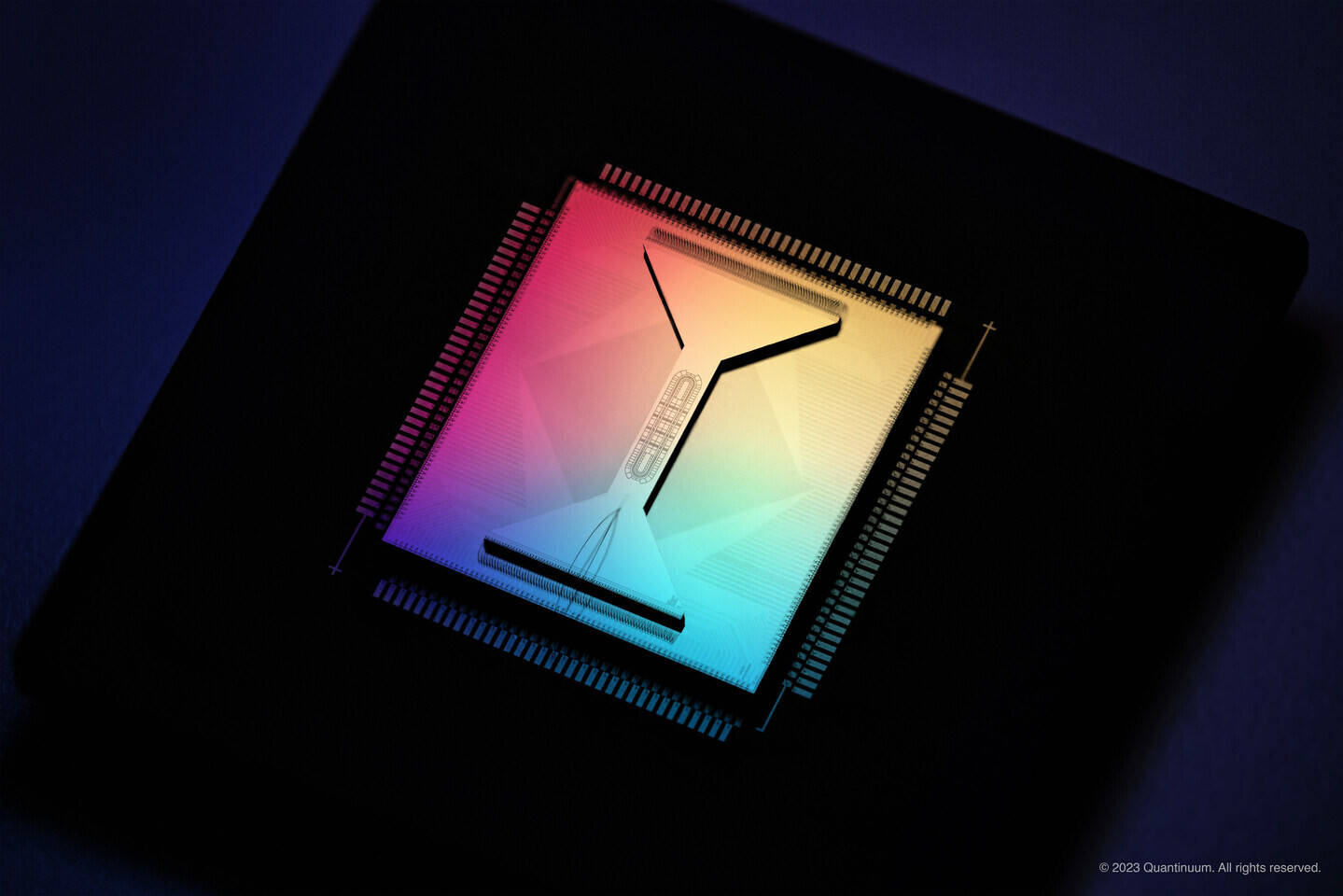Fault-tolerant quantum computers are generating global interest due to their potential to solve pressing problems in medicine, finance, the environment, and AI. However, achieving fault-tolerant quantum computing requires major breakthroughs and innovations. In a significant step forward, scientists from Quantinuum, the world's largest integrated quantum computing company, have demonstrated the first fault-tolerant method using three logically-encoded qubits on the Quantinuum H1 quantum computer. This achievement paves the way for practical solutions in molecular simulation, AI, optimization, and cybersecurity. The results, published in a new paper on the arXiv, reflect the progress being made in hardware, software, and error correction.
Quantinuum is at the forefront of achieving fault-tolerance by addressing the noise that occurs during quantum computer operations. The company has previously demonstrated entangling gates between two logical qubits and simulated the hydrogen molecule using two logically-encoded qubits.
By performing one-bit addition using the smallest-known fault-tolerant circuit, the team achieved a significantly lower error rate compared to unencoded circuits. This was made possible by the low physical error rates of Quantinuum's H-Series quantum computers, which utilize the quantum charge-coupled device (QCCD) architecture. These error rates fall within the range required for fault-tolerant algorithms to be feasible.
Ilyas Khan, Chief Product Officer and Founder at Quantinuum, stated that the current demonstration showcases the ingenuity of their H-Series ion trap architecture, which offers low physical error rates and flexibility in implementing error-correcting codes. He also emphasized the potential for further computational advances as they connect the quality of their hardware with real-world tasks.
The team was able to reduce the number of two-qubit gates and measurements required for one-bit addition by utilizing low-overhead logical Clifford gates and the transversal CCZ gate of the three-dimensional colour code.
Ben Criger, Senior Research Scientist at Quantinuum, and principal investigator on the paper, highlighted the significance of the demonstrated CCZ gate, which is essential for various quantum algorithms. He stated that this achievement proves that real hardware is now capable of running all the essentials of fault-tolerant quantum computing.
